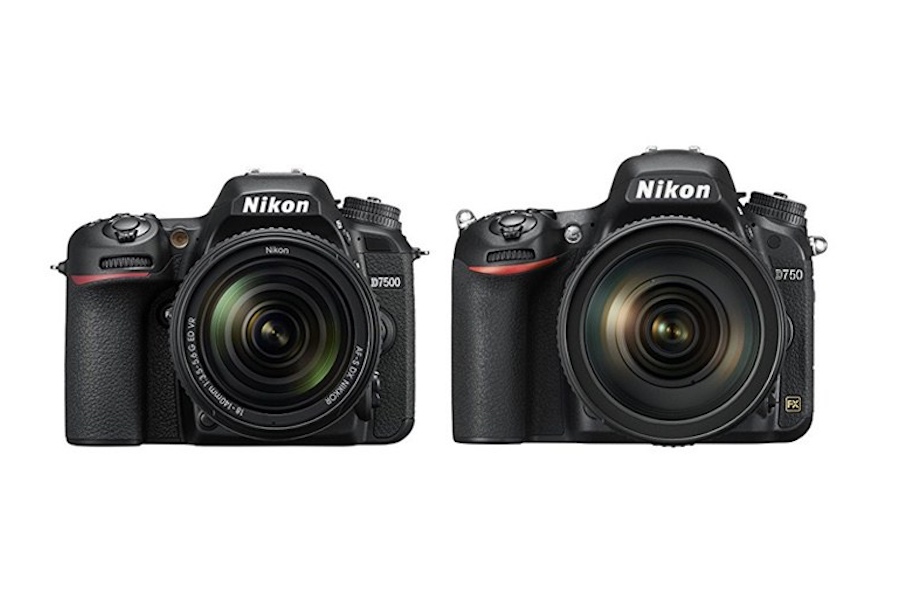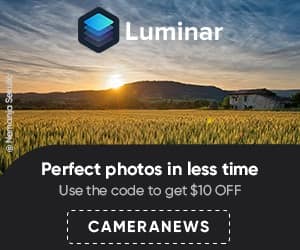Here is a quick comparison and review for the Nikon D7500 vs D750 DSLR cameras. Below you can find the differences of these cameras to find which model is better suited for your needs.
The first difference between these two cameras is the sensor size. Nikon D7500 uses the same 20.9MP sensor with no optical low pass filter as the D500, as well as its Expeed 5 image processor. This new processor is faster than the Expeed 4A processor in the D750, a speed advantage that gives the D7500 for the features like burst speed, buffer depth, video capability and native ISO sensitivity.
Let’s have a brief look at the main features of Nikon D7500 vs D750. So what may be the main differences when consider their specs list?
Join Nikon D7500 Facebook Group
Differences between Nikon D7500 vs D750 DSLR Cameras
If you’re trying to decide which one to buy as your first camera, here are the differences of Nikon D7500 vs D750 cameras. Our comparison table below covers all the important specifications of each camera.
Nikon D7500 vs D750 Comparison Table
| Features | Nikon D7500 | Nikon D750 |
|---|---|---|
| Sensor resolution | 20.9MP APS-C CMOS | 24.3 MP Full-Frame CMOS |
| AA Filter | No | Yes |
| Max Image Resolution | 5568 x 3712 | 6016 x 4016 |
| Image Processor | EXPEED 5 | EXPEED 4A |
| ISO | ISO 50 (exp)/ISO 100 – ISO 51200/ISO 1,640,000 (exp) | 100 – 12,800 50 – 51,200 |
| AF System | Multi-CAM 3500FX II 51 point AF (15 cross-type) |
Multi-CAM 3500FX II 51 point AF (15 cross-type) |
| LCD | 3.2″ / 8 cm Titling touchscreen 921,600 dots | 3.2″ Tilting TFT-LCD 1,229,000 dots |
| Viewfinder | Optical 100% coverage 0.94x/0.63 x |
Optical (Pentaprism) 0.7x magnification 100% coverage |
| Shutter Speed | 30-1/8000 sec | 30-1/4000 sec |
| Flash X Sync Speed | 1/250 sec | 1/250 sec |
| Burst Speed | 8fps | 6.5fps |
| Exposure Compensation | ±5 (at 1/3 EV, 1/2 EV steps) | ±5 (at 1/3 EV, 1/2 EV steps) |
| Video Recording (max. res) |
H.264 QuickTime MOV 4K UHD/30p, 25p, 24p | 1920 x 1080 (60p, 50p, 30p, 25p, 24p) |
| SD Card Slots | 1 card slot supports UHS-I | Dual card slots supports UHS-I |
| Time Lapse | Yes | Yes |
| Jpeg Buffer Size | 100 | 40 |
| RAW Buffer Size | 50 | 10 |
| Mic Input | Yes | Yes |
| Headphone Jack | Yes | Yes |
| Wireless Connectivity | Wi-Fi with Snapbridge | Wi-Fi no blutetooth |
| USB Charge | Yes | Yes |
| Environmentally Sealed | Yes | Yes |
| Battery Life | 950 shots | 1230 shots |
| Dimensions | 5.35 x 4.09 x 2.87″ (136 x 104 x 73 mm) | 5.5 x 4.4 x 3.1″ (141 x 113 x 78 mm) |
| Weight | 22.58 oz (640g) | 26.5 oz (750g) |
| Price | $1,250 | $1,496 |
Conclusion
The Nikon D7500 has a better native ISO with huge expandable range. Both cameras uses the same Multi-CAM 3500FX AF system. However the D7500 is slightly faster in burst shooting with 8 vs 6.5fps. As we mentioned above the processor is way much faster than the found on D750. So as a result the Nikon D7500 has a bigger buffer size. It also supports touchscreen and 4K video.
When it comes to your budget, the Nikon D7500 is cheaper so if the sensor size is not important and you want a good camera with advanced features, the D7500 fits perfectly.

